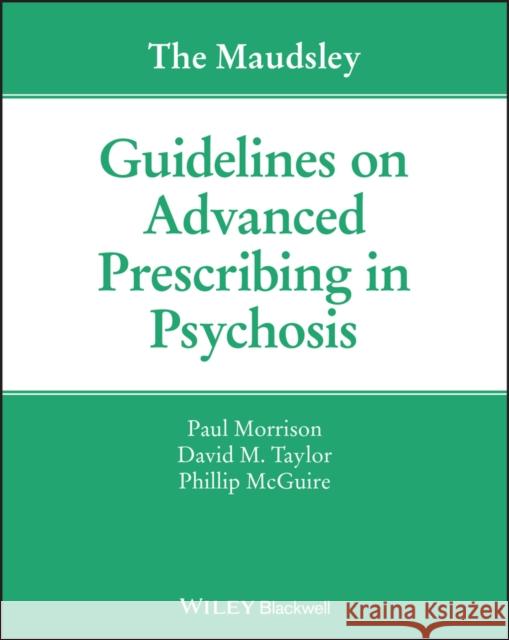The Maudsley Guidelines on Advanced Prescribing in Psychosis » książka
topmenu
The Maudsley Guidelines on Advanced Prescribing in Psychosis
ISBN-13: 9781119578444 / Angielski / Miękka / 2020 / 111 str.
Kategorie BISAC:
Wydawca:
John Wiley and Sons Ltd
Język:
Angielski
ISBN-13:
9781119578444
Rok wydania:
2020
Numer serii:
001144874
Ilość stron:
111
Waga:
0.22 kg
Wymiary:
23.11 x 18.29 x 0.76
Oprawa:
Miękka
Wolumenów:
01
Dodatkowe informacje:
Bibliografia
Glosariusz/słownik
Glosariusz/słownik











